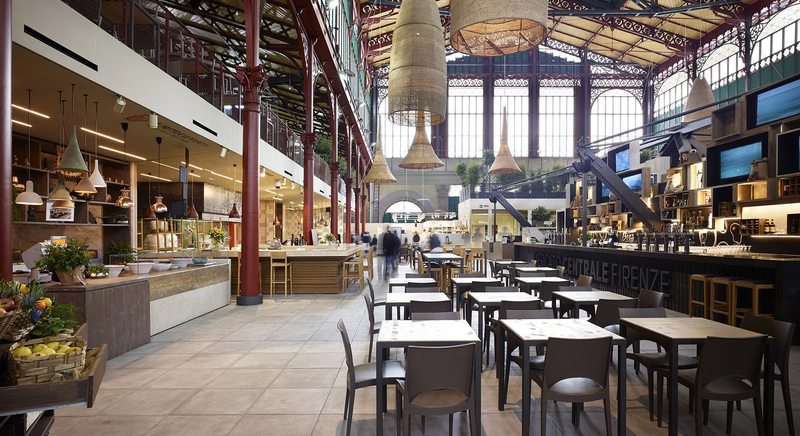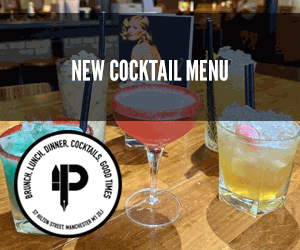Proposals by Allied London include a new food hall, event space, artist studios and apartments
Confidential has been keeping an eye on plans for Manchester's Campfield Markets for several years now.
In 2015, Jonathan Schofield, during an interview with MSIM's director Sally Macdonald, discovered the museum's intention to eventually vacate the Lower Campfield Market Hall on Liverpool Road (though the museum say it's 'business as usual' for the time being).
In 2016, we wrote about how the council - which owns the market halls - was on the search for an operator to take up the mantle and bring Upper Campfield back into ‘active and economic use’.
In 2017, erm, not much happened.
So to 2018 - what has changed? Well, it looks like there might finally be some movement.
The council has (as predicted in this article) appointed Allied London - the developer behind Spinningfields, the nearby St John's development and restoration plans for London Road Fire Station - to overhaul the grade II-listed Victorian halls.
According to the developer, they are currently working through plans to transform Campfield which, since it opened in the early 1880s, has been used as a market, theatre, exhibtion centre, wedding venue, street food space and WW2 barrage balloon factory.
We are in the early stages of developing our vision
Speaking to Confidential, Allied London's Associate Director, Rochelle Silverstein, said:
“We have always identified Upper and Lower Campfield Market halls, and the neighbouring Castlefield House, as an exciting opportunity to extend the retail & leisure offer at St. John’s, whilst re-enlivening valued heritage and community buildings and improving connectivity to Deansgate, The Factory & MSIM.
"We are in the early stages of developing our vision for Campfield as a series of unique spaces and uses; focused on food, leisure, education, and maker space - aimed at local residents and visitors alike.”
It appears Allied London's plan is to utilise the area in three distinct sections under their Enterprise City brand.
Upper Campfield, which currently sits empty at the back of Don Marco, Dimitri's and the Instituto Cervantes, will be the start of the ‘Campfield journey’ in what is expected to become a new food and events hall. The interior will provide a 'variety of spaces' tailored to meet the requirements of occupants, whether street food vendors, producers or artisan craft makers. It will also work as a flexible events space for artistic performances and 'pop-up culture'.
Middle Campfield, where Castlefield House currently sits (and before that St Matthew's Church) between the market halls, will undergo a rebuild, connecting the two spaces with apartments and workspaces above an 'internal galleria street of makers and producers'.
Lower Campfield, where the Air & Space hall currently resides, will become a 'laboratory and hub for creatives within a series of studio/artisan spaces, both permanent and ad-hoc'. The idea is to allow the building to react organically, so it can adjust and grow 'symbiotically with its occupants', which may range from artists and designers to the next generation of digital innovators.

So there you have it, movement at last for Manchester's long under-utilised Victorian gems.
While the eventual loss of the Air & Space museum is a blow, Campfield has always had the potential to be so much more, a real crowd-pulling destination of size, impact and opportunity. A place which brings people, business and revenue to Castlefield and raises the profile of the city.
Let's hope Allied London can pull it all together. They certainly have the form and ambition.













